The showy flower clusters of wild blue phlox (
Phlox divaricata) are a welcome sign of spring. Use this adaptable native perennial in partial shade or shade, including under trees, combined with other spring-flowering wildflowers or naturalized in a woodland.
Not from the central and eastern U.S.?: Browse plants native to other regions of the U.S.
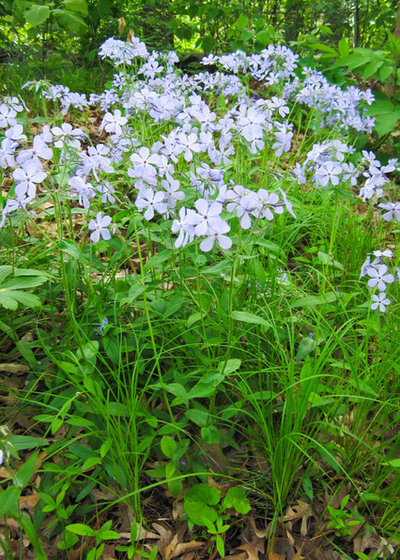
Holm Design & Consulting LLC
Botanical name: Phlox divaricataCommon names: Wild blue phlox, woodland phlox
Origin: Native to central and eastern North America, from central Minnesota eastward to New York in the north, and the eastern edge of Texas eastward to Georgia and northern Florida in the south
Where it will grow: Hardy to minus 35 degrees Fahrenheit, or minus 37 degrees Celsius (USDA zones 3b to 8a; find your zone)
Typical plant communities: Medium to moist deciduous woodlands
Soil requirement: Medium to moist sandy-loam to clay-loam
Light requirement: Partial shade to shade
Mature size: 1 to 2 feet tall and 1½ feet wide
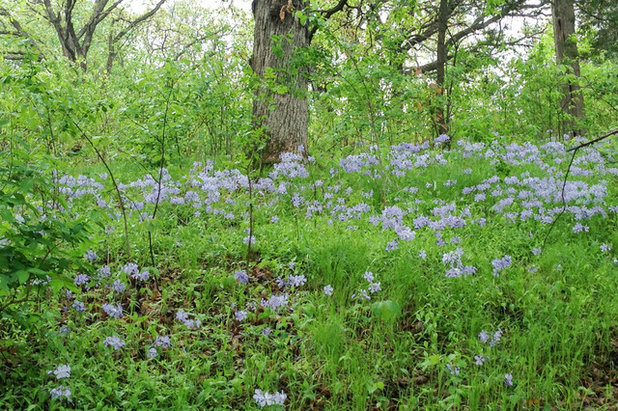
Holm Design & Consulting LLC
Benefits and tolerances: The showy flowers attract butterflies, and the plant tolerates a variety of soil types.
Seasonal interest: Bright blue flowers in early spring
When to plant: Spring or fall; potted plants available from most native plant nurseries in areas where it occurs
Shown: Wild blue phlox naturalizes in a woodland understory.
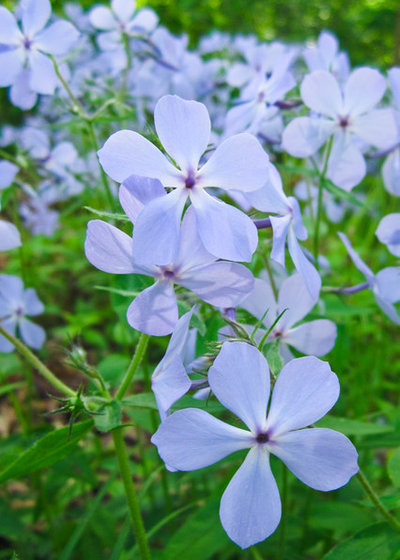
Holm Design & Consulting LLC
Distinguishing traits. The upright flower stalks support clusters of light blue flowers, providing a nice block of color and interest in the shade garden.
Wild blue phlox is rhizomatous and spreads to form large, loose masses.
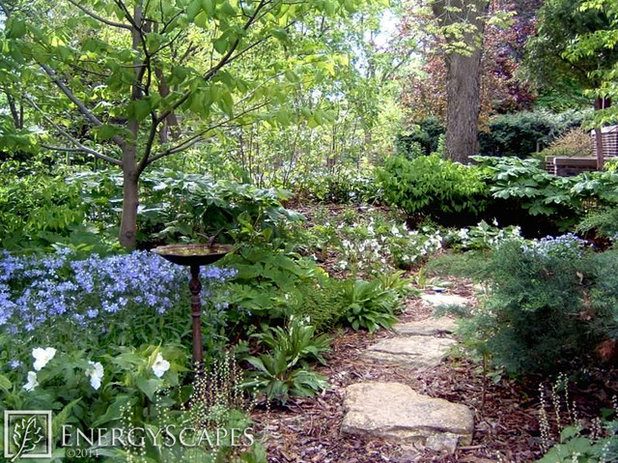
EnergyScapes
How to use it. This delicate woodland perennial can be used in any shaded site, including in a formal shade garden, bordering a woodland or naturalized in a deciduous woodland.
Combine wild blue phlox with other shade-tolerant, spring-flowering native perennials, including twoleaf miterwort (
Mitella diphylla), early meadow-rue (
Thalictrum dioicum), Jacob’s ladder (
Polemonium reptans), largeflower bellwort (
Uvularia grandiflora), longstyle sweetroot (
Osmorhiza longistylis), Virginia waterleaf (
Hydrophyllum virginianum), white trillium (
Trillium grandiflorum) and wild geranium (
Geranium maculatum).
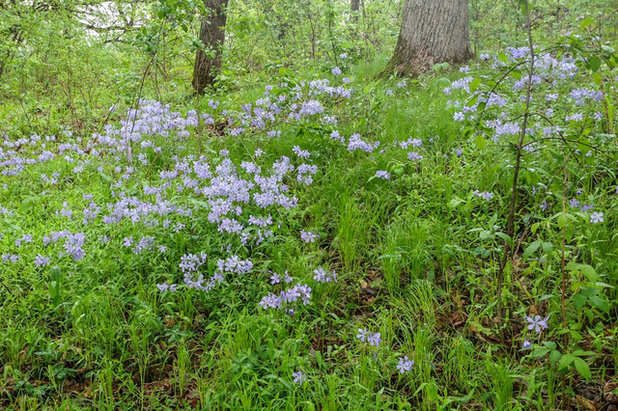
Holm Design & Consulting LLC
Planting notes. Wild blue phlox spreads slowly underground, forming loose masses. It works best to combine this native with plants that grow a similar height to ensure that the flowers stay visible.
Young plants are browsed by rabbits (and quite possibly deer), so if you have heavy herbivore pressure in your garden or landscape, it’s a good idea to protect the flower stalks.
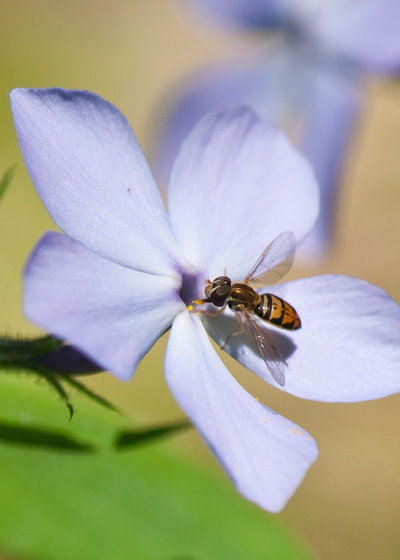
Holm Design & Consulting LLC
Pollinator notes. Phlox flowers are self-incompatible and therefore require pollen from another phlox plant (same species) to set seed. The flowers are typically pollinated only by butterflies and moths, which have a tongue long enough to reach nectar at the bottom of the flower corolla (petals); pollen grains attach to their tongues while probing for nectar.
It’s not uncommon, however, to see native bees and pollen-seeking insects, including syrphid flies, shown here, investigating the flowers looking for pollen near the opening.





